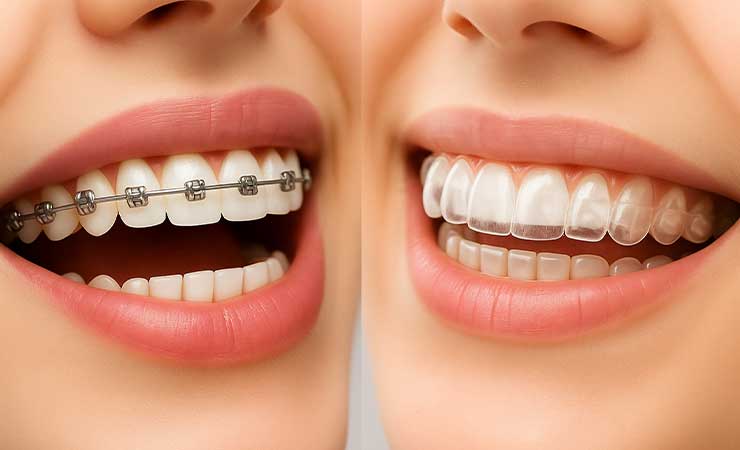Smiling is very important. Aesthetic smiling is even more important. It gives a person aesthetic self-confidence. Today, orthodontic treatments can effectively correct crooked teeth, gaps between teeth, and jaw disorders. Two methods stand out in these treatments: clear aligners and braces. So which one is right for you? Here we compare the differences and advantages of these two methods.
1. What are Clear Aligners and Braces?
Braces are a classic orthodontic method applied by attaching brackets and wires to the teeth. They are made of metal or porcelain. They apply force to the teeth, causing them to align over time. Although they are generally preferred for young people, they are also widely used in adults.
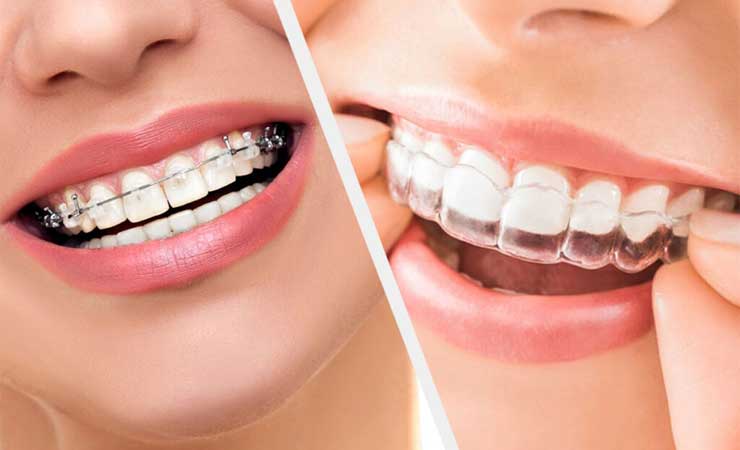
Clear aligners are removable, custom-designed transparent appliances. Each aligner slightly changes the position of the teeth and is replaced every few weeks throughout the treatment process. The aligners fit over the teeth, providing an aesthetic and comfortable experience. They have become quite popular in recent years, especially among adults.
2. Aesthetic Appearance and Impact on Social Life
Many individuals who use braces are uncomfortable with their visibility. Metal braces, in particular, are quite noticeable when speaking or smiling. Porcelain braces are less noticeable than other types. However, they are not completely invisible.
On the other hand, clear aligners are nearly invisible. Their transparent material allows you to speak and smile with confidence in social settings. They are more commonly preferred by people who have a busy social life. They provide comfort in environments such as job interviews and presentations.
From an aesthetic point of view, transparent aligners are more preferred because they are less visible. Therefore, they offer a significant advantage over braces. For these reasons, adults prefer transparent aligners.
3. Comfort, Hygiene, and Daily Use
Clear aligners prioritize comfort. The aligners can be removed when desired. You can take them out while eating or brushing your teeth. This makes it easier to maintain oral hygiene. Additionally, the aligners do not cause sores in the mouth, and the adjustment period is quite quick.
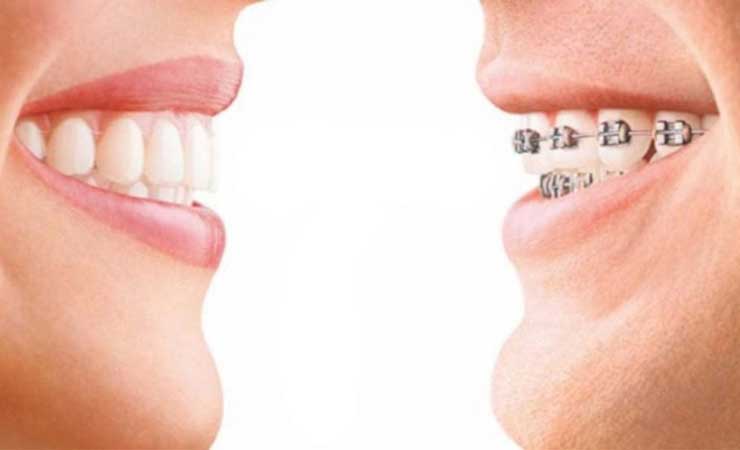
On the other hand, braces are a fixed system. They remain in the mouth throughout the treatment. Cleaning between the teeth can be difficult. At the same time, braces often irritate the inside of the cheeks and lips. Some patients may experience pain and soreness during the first few weeks.
We can say that clear aligners are more comfortable in terms of comfort and hygiene. However, this advantage is only valid if the patient wears the aligners for at least 20-22 hours a day. If the aligners are not used regularly, the treatment time is prolonged and the effect is reduced.
4. Treatment Duration and Effectiveness
Each individual’s mouth structure and treatment needs are different. However, apart from this situation, we can mention some general differences:
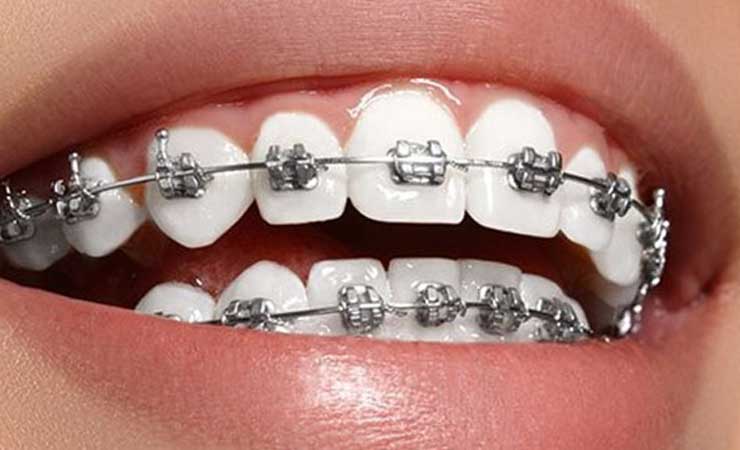
- Braces can be used in a wide range of cases, from mild to severe. They are effective in complex cases such as jaw deformities, severe crowding, or bite problems. The treatment duration varies between 12 and 24 months on average.
- Clear aligners are more suitable for mild to moderate orthodontic problems. The treatment duration for this type varies between 6 and 18 months. It may not be sufficient in complex cases.
Clear aligners are highly successful thanks to technology-supported treatment plans.
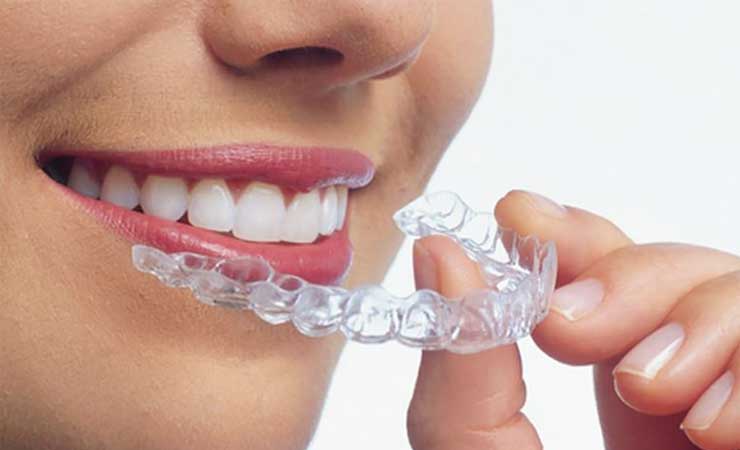
They are suitable for everyone, but the decision is made by the dentist. This is because they are not suitable for some cases.
5. Cost Comparison and Which Method is Suitable for Whom?
Braces are generally more affordable as they are a classic and common method. Metal braces are more economical, while porcelain or lingual (inside) braces may be more expensive.
Clear aligner treatment requires special production. They are prepared with computer-assisted systems, and the number of aligners varies depending on the duration of treatment. This makes them more expensive. Prices may vary, especially for branded systems such as Invisalign. The price range may be higher.
Which is Right for You?
- Clear aligners are a good choice for those who prioritize aesthetics, office workers, and individuals who are active in social settings.
- Braces are more suitable for those with more serious orthodontic problems or those looking for a more economical solution.
When deciding on treatment, aesthetics are not the only factor to consider. Dental health and orthodontic needs are examined first. The best approach is to get a detailed evaluation from an orthodontist to determine which treatment method is ideal for you.
Conclusion
Having straight teeth is everyone’s dream. However, it should not be evaluated solely from an aesthetic point of view. Dental health is also very important. Having healthy teeth with an aesthetic appearance is even more remarkable. With the advancement of technology, transparent aligners and braces have made orthodontic treatments more convenient. Both methods yield highly successful results when applied correctly to the right person. When making your decision, remember to consider your needs, lifestyle, and budget.
